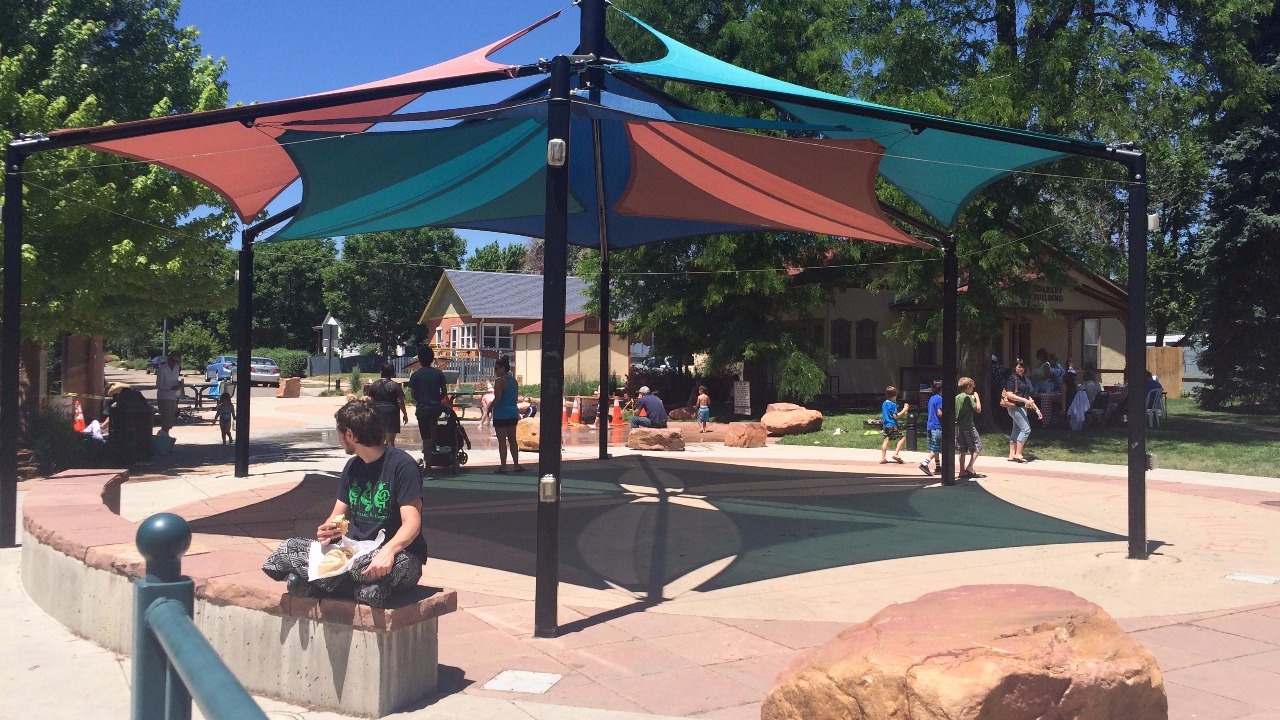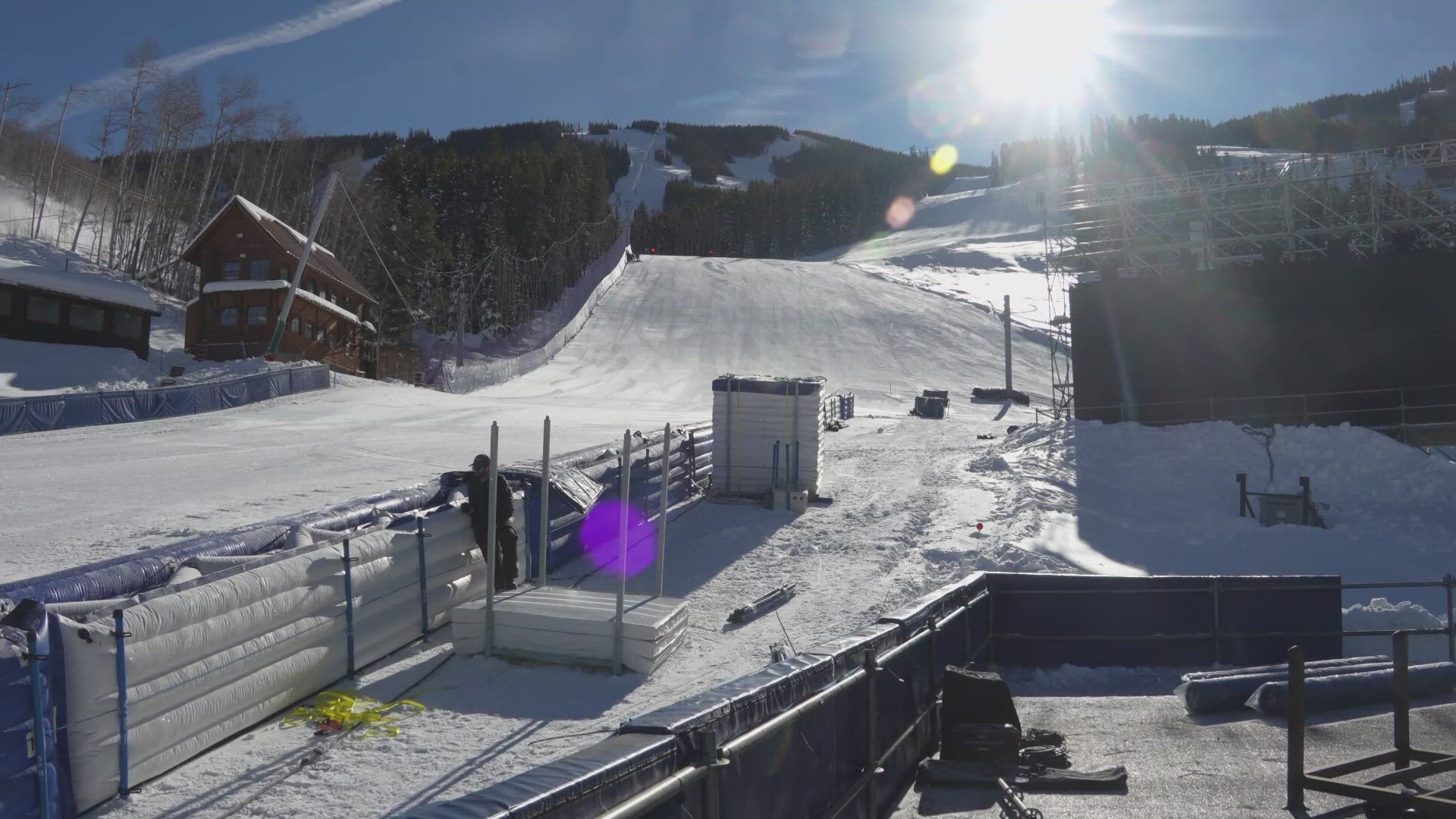In 1871 newlyweds Mary and Lafayette Miller settled and began farming on a plot of land in the middle on what was then a wild and mostly empty foothills area near the Rocky Mountains. They had been through a tough few years: traveling with an ox-team wagon train across the heartland and operating a stage coach stop along the Overland Trail before they finally acquired the land they’d use for their farm though the Homestead Act.
But, the farming life wouldn’t last long. The family moved to Boulder three years later where Mr. Miller ran a butcher shop, volunteered with the fire department, and served as a town trustee. His wife served on the school board. Life seemed to be going well.
Then, in 1878 Lafayette Miller died suddenly leaving his wife alone with six children to take care of. She moved back to the farm they had originally settled on and managed it by herself. And, for the next several years, the agricultural operations there flourished.
But, Mary Miller had bigger aspirations. She knew coal mining was thriving in other areas so began to explore the possibility of mining on her property. In 1884 coal was indeed discovered on the Miller farm and in 1887 mining officially began.

That’s when the area took off. Mary established boarders for the new town of Lafayette, which she named after her late husband. Soon houses, general stores, hotels, a pickle factory, restaurants and more were built. Mary founded the Lafayette Bank and when she was elected President of it, she was the only female bank President in the world.
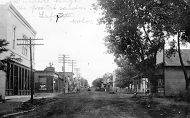
Lafayette boomed as a mining town for years. But, as natural gas replaced coal operations slowed. The final mine to close, the Black Diamond Mine, finally shut down in 1956. At that time Lafayette once again became an agricultural hub.
Then, rapid growth in Boulder and Denver led more people to move into surrounding areas, like Lafayette. With the residential growth came another shift to a commercial and industrial based economy.
Join our photo tours of every Friday on Instagram!
Today, Lafayette is home to more than 350 businesses, nonprofits and organizations. The main stretch of downtown, dubbed Old Town Lafayette, has numerous small shops (including antique stores), a miner's museum, the WOW! Children's Museum (featuring interactive exhibits), community gardens, theaters and "alley art."
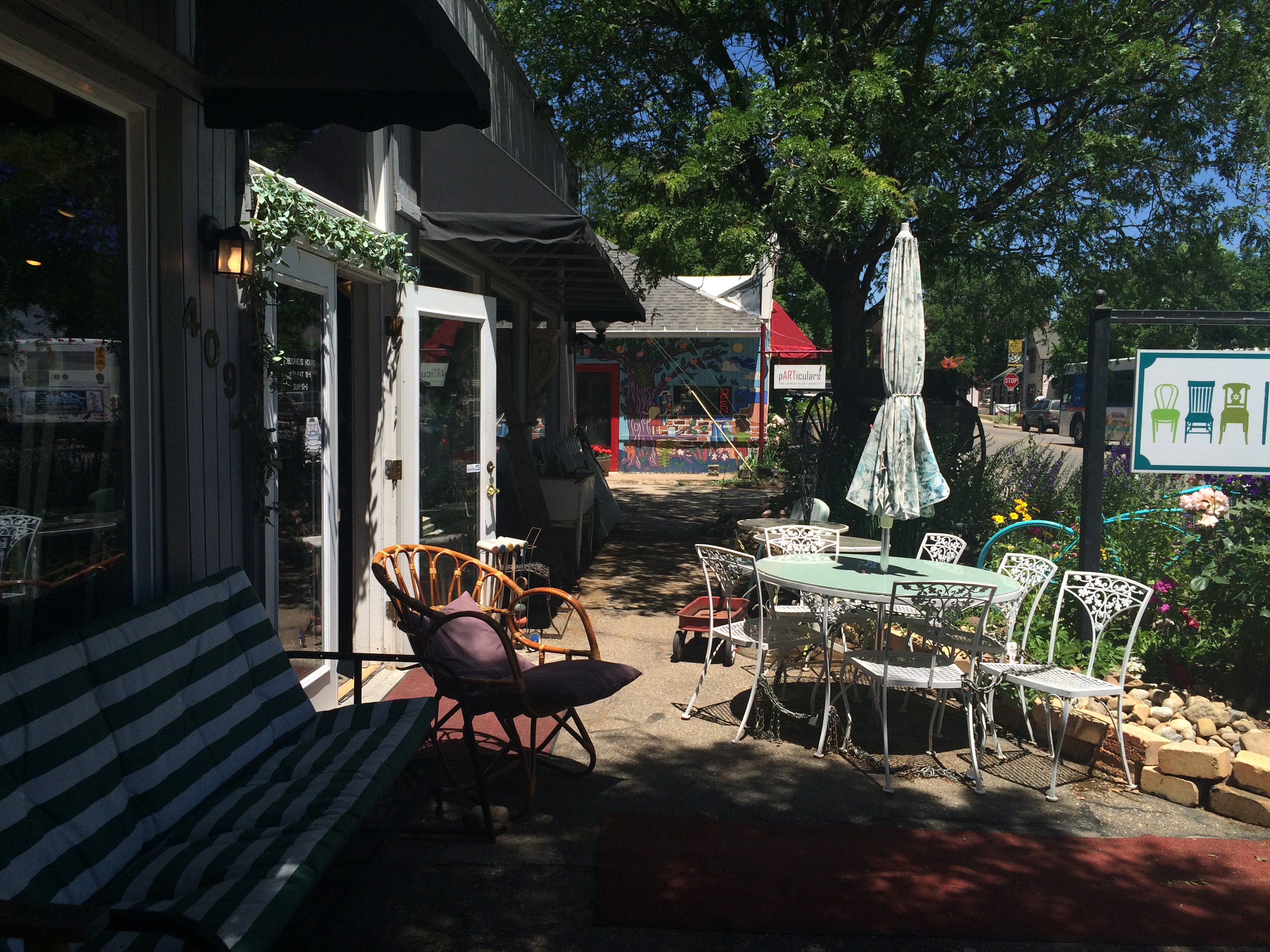
In the center of Old Town is the festival plaza, home to a fountain, summer concerts, outdoor movies and more. Events throughout the year are also held here. A few highlights: the Quaker Oatmeal Festival including breakfast, a 5k run/walk, and a health fair held each January; the 4th of July celebration featuring live music, beer, wine, food, pony rides, and of course fireworks; and the Lafayette Peach Festival coming up August 20 with Palisade peaches, more than 4,500 servings of peach cobbler and 500 peach pies, peach smoothies, and other entertainment.
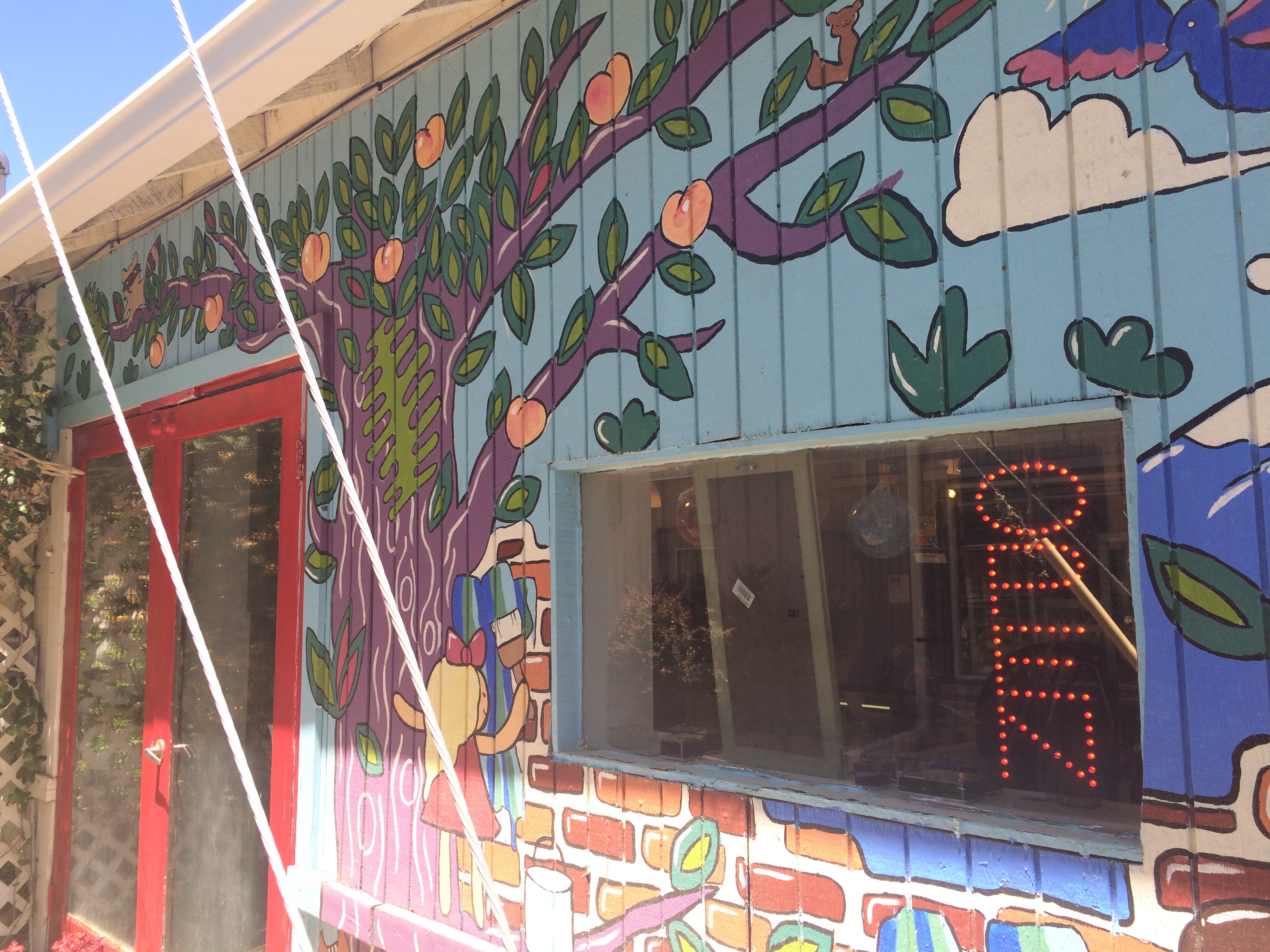
Last summer, as one Old Town building was being demolished workers uncovered a Coca-Cola mural from the building’s days as "Pat and Gar's Hi-Way Bar," likely in the 1930s or 1940s. That section of the wall was saved and for the last year the mural has been undergoing restoration. The mural should be returning to its original spot on N. Public Road and Simpson Street in the next month or so.
Lafayette Crossings, a large shopping center at 550 W. South Boulder Road, opened in fall 2014 as part of a new urbanism development project. Among its tenants are Jax Mercantile, Noodles & Co., Chipotle, Christian Brothers and Firehouse Subs. Two new restaurants, Mooyah Burgers Fries and Shakes and PizzaRev Craft Your Own Pizza (which is now open) announced they would open this spring.
Post Brewing Co., which won a silver medal in the American-style/international style pilsner category for its "Howdy Beer" at the 2014 Great American Beer Fest, serves brunch, lunch and dinner in addition to beers. It may even be better known for its fried chicken than its beer. Other area breweries include Odd13, specializing in sour and hoppy beers, Front Range Brewing, offering a huge tap list and food, and Liquid Mechanics, try the Peanut Butter Porter.
The Art Hub, located at 420 Courtney Way, is one big project Lafayette recently undertook to boost its creative culture. It’s under construction now and will includes a 195-seat theater with a lobby and kitchen/concession area adjacent to an outdoor plaza, art gallery hall, art and dance studios, outdoor sculpture gardens, a community garden and open space for festivals with a covered outdoor performance area. The project is the new location for the The Art Underground, a nonprofit that offers classes in dance, arts and theater, which uprooted from its long-time home in downtown Louisville in an effort to boost its visibility and visitors.
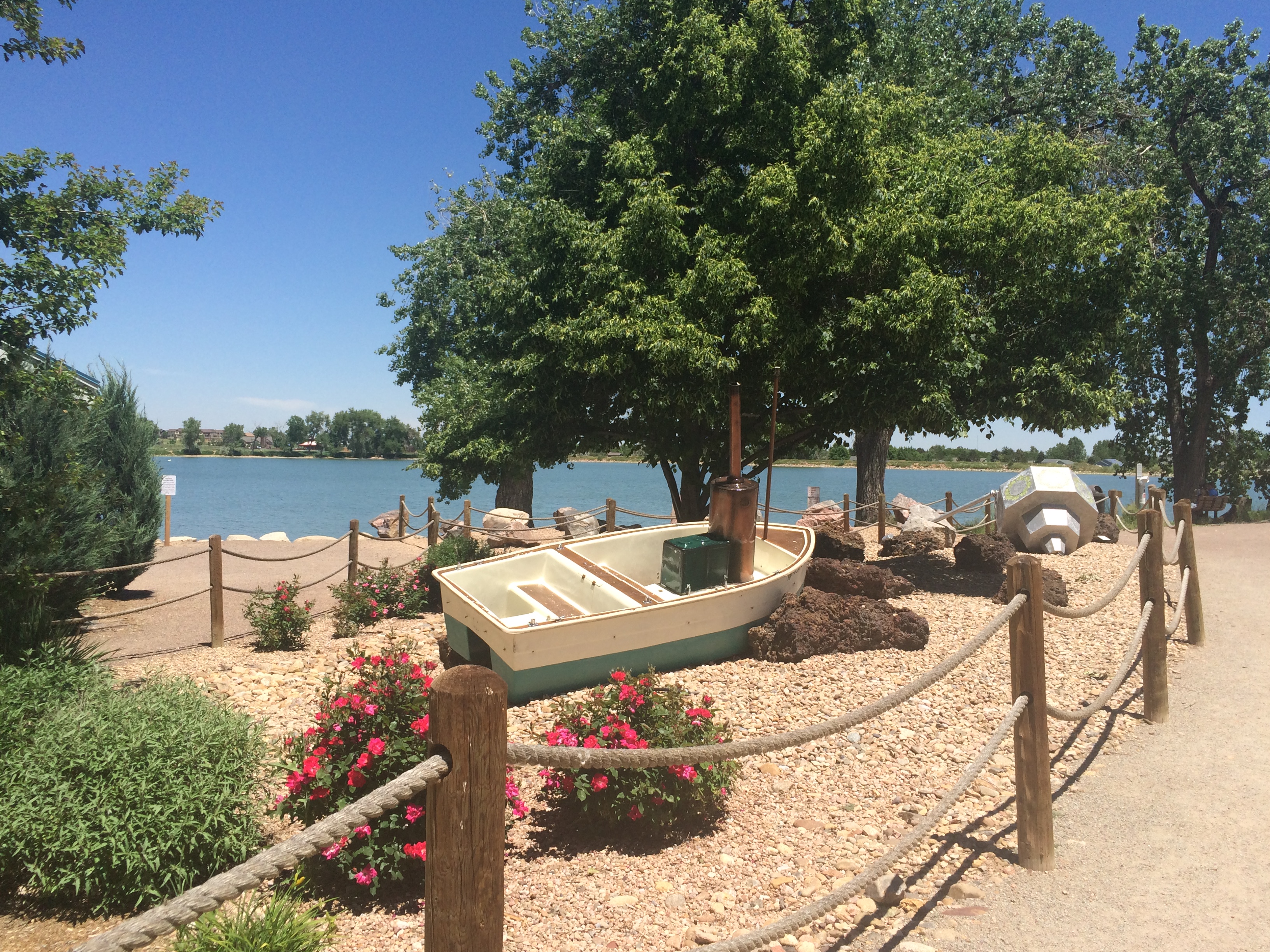
Lafayette is home to 19 parks, 20 miles of trails and two community gardens.
The Indian Peaks Golf Course, also owned by the city, used to be the home of former congressman and gubernatorial candidate Bob Beauprez, who grew up there with his family before selling it to make way for the golf course. Today, it's a fun and challenging 18-hole course with trees, bunkers, lakes and winding creeks.
Lafayette’s schools are in the high-rated Boulder Valley School District and is home to Peak to Peak, Colorado's No. 1-rated high school in U.S. News & World Report's 2016 ranking of "Best High Schools." The Good Samaritan Hospital made Healthgrade's national "100 Best Hospitals" list for 2016.
The city has a population of about 25,000 and the typical Lafayette resident is upper middle-class, with a median household income of about $69,750. Lafayette has several small housing developments smattered between its wide open fields. The median sales price of all-size homes in Lafayette in May was $426,000, up 6.2 percent from May 2015, according to Trulia.com.
One other fun fact? The reason Lafayette has been home to a few massive sinkholes is because of its mining history. When the mine shafts running throughout the city were originally filled in, everything from dirt to old cars to debris was used. Over time it can settle leaving a very weak road above it. Some of these have begun to be filled in more permanently but many of the shafts still exist today.

